Imagine a classroom where a virtual tutor helps a struggling student with fractions, while the teacher guides a small group on a creative writing project. This isn't science fiction – it's the reality of Artificial Intelligence (AI) creeping into Australian education. We're seeing AI popping up in everything from smartphones to self-driving cars, and now it's finding its way into schools.
But what does this mean for teachers? Is AI here to replace them, or can it be a helpful tool? Let's dive in and explore the potential benefits and challenges of AI for Australian educators.
AI's Influence on Australian Education
Remember that pop quiz you aced because you practised on a fancy app? AI might have powered that. Artificial intelligence (AI) is no longer just sci-fi movies. It's quietly making its way into Australian classrooms and is here to stay.
The Australian government itself has acknowledged the potential of Artificial intelligence in education. The Department of Education and Training (DET) is actively exploring its role in learning. This isn't some far-off vision; it's happening right now!
So, what exactly does AI look like in a classroom setting? Here are a few examples of AI tools Aussie teachers are starting to use:
Adaptive Learning Platforms: Imagine a program that tailors lessons to each student's strengths and weaknesses. That's the magic of adaptive learning! These AI-powered platforms assess students' progress and adjust the difficulty or topic accordingly. It's like having a personal tutor in your pocket, helping students learn at their own pace and fill in any knowledge gaps.
Automated Grading Systems: Teachers spend countless hours grading essays and quizzes. AI can lend a helping hand by automating the process for multiple-choice questions and basic grammar checks. This frees up valuable time for teachers to focus on one-on-one interaction and providing more personalized feedback.
Virtual Tutoring Assistants: Shy about asking questions in class? No worries! AI-powered virtual tutors are here to help. These digital assistants can answer student queries on a variety of topics, providing additional support and explanation outside of classroom hours.
How AI Supports Teachers in Australia
Imagine a classroom where every student gets the exact support they need to thrive. No more one-size-fits-all learning! This is the power of AI in education. Here's how these smart tools can become your secret weapon for success:
1. Personalized Learning Highway: Remember struggling with a concept while everyone else seemed to get it? AI can be your student's personal learning GPS. Adaptive learning platforms use AI to assess a student's strengths and weaknesses, and then adjust the difficulty and content of lessons on the fly. It's like having a built-in tutor that tailors learning to each student's pace. A study by McKinsey & Company found that AI-powered personalized learning can significantly improve student outcomes.
2. Time Back in Your Day: Teachers, we all know the struggle is real when it comes to grading mountains of essays and quizzes. Automated grading systems powered by AI can be your time-saving superhero. These tools can handle basic grammar checks and multiple-choice questions, freeing you up for the more important stuff – like crafting creative lesson plans and providing personalized feedback to your students.
3. Data Ninja: Imagine having a real-time snapshot of how each student is progressing. AI can analyze student data from tests, quizzes, and online activities, pinpointing areas where students might be struggling. This goldmine of information allows you to tailor your teaching approach to address specific needs and ensure no student gets left behind.
4. Level Up Accessibility: AI can be a game-changer for students with disabilities or learning difficulties. Text-to-speech tools can read aloud written content, while speech recognition software can transcribe spoken words into text. These AI assistants can bridge learning gaps and empower all students to participate fully in the classroom. For instance, the Australian government's Digital Technologies Curriculum [Link to the Australian Digital Technologies Curriculum] emphasizes the importance of inclusive learning design, and AI tools can be a powerful asset in achieving this goal.
AI Challenges in Australian Education
AI in education is exciting, but it's natural to have some concerns. Let's address some of the common worries teachers might have:
1. Robots Taking Over? Not Quite: It's true, AI can automate tasks like grading and basic instruction. However, a recent survey by The Educator found that most teachers in Australia see AI as a supportive tool, not a replacement. The human touch is irreplaceable! AI can't replicate a teacher's ability to inspire critical thinking, nurture social-emotional skills, and build meaningful relationships with students.
2. Learning the Lingo: Integrating AI effectively requires some know-how. However, there's plenty of support available! The Australian government recognizes this, and resources are being developed to help teachers navigate the world of AI in education. Don't worry, you won't be expected to become a coding whiz overnight.
3. Fairness Matters: AI algorithms are only as good as the data they're trained on. Bias can creep in, potentially disadvantaging certain students. The good news is, there are ways to mitigate this. Look for AI tools that use diverse training data sets and prioritize human oversight to ensure fairness in the classroom.
4. Keeping Student Data Safe: Student privacy is paramount. Australian regulations like the Australian Privacy Principles (APPs) ensure data is collected, used, and stored securely. When choosing AI tools, make sure they comply with these regulations to keep your students' information safe.
Teachers' Roles in the AI Classroom in Australia
While AI will undoubtedly change the way we teach, it won't replace the irreplaceable role of human educators. Instead, imagine AI as a powerful co-pilot, freeing you to focus on what you do best – nurturing the next generation.
Here's the thing: AI excels at delivering information and automating tasks. This means teachers can shift their focus from being the sole source of knowledge to becoming expert facilitators and mentors. Think of yourself as a learning architect, designing personalized experiences and guiding students on their unique learning journeys.
The human touch will remain crucial. AI can't replicate a teacher's ability to:
Spark Curiosity: AI can present facts, but it can't ignite a student's passion for learning. Your enthusiasm, creativity, and ability to connect with students on a personal level will be more important than ever.
Nurture Social-Emotional Skills: AI can't teach empathy, collaboration, or resilience. These are all areas where your guidance and support will be invaluable.
Develop Critical Thinking: AI can provide information, but it can't teach students to analyze, evaluate, and form their own conclusions. Your role as a critical-thinking coach will be essential.
The AI-powered classroom might also see teachers taking on some new responsibilities:
Curating Learning Materials: With a vast array of AI-powered tools available, you'll become an expert at choosing the right resources to personalize learning for each student.
Overseeing AI Tools: Think of yourself as the conductor of an educational orchestra, ensuring AI plays a harmonious role in the classroom.
Providing Social-Emotional Support: As technology plays a bigger role in education, the need for strong social-emotional skills will only grow. Your ability to support students' well-being will be a cornerstone of their success.
AI and Teacher Development in Australia
The world of education is evolving, and teachers are at the forefront of this exciting change. AI offers a wealth of potential to personalize learning and empower students, but it's important to be equipped with the right tools and knowledge.
Here's how you can stay ahead of the curve:
Embrace Continuous Learning: The world of AI is constantly developing, and ongoing professional development is key. Look for courses and workshops that can help you integrate AI effectively into your teaching practice. Organizations like Learning Options offer resources specifically designed for Australian educators.
Become an AI Integration Expert: Think of yourself as a bridge between AI tools and your students. The more you understand how AI works, the better you can leverage its strengths and ensure it complements, rather than replaces, your teaching style.
Collaboration is Key: Teachers, researchers, and AI developers all have a role to play in shaping the future of AI in education. Working together, we can ensure AI is implemented responsibly and ethically, maximizing the benefits for all students.
By embracing AI as a valuable tool and continuously developing your skills, you can become an even more effective educator in the digital age. The future of education is bright, and Australian teachers are perfectly positioned to lead the way.
Ready to take the next step?
Explore professional development opportunities offered by Learning Options.
Start With Us!
FAQ
How will AI affect teachers?
Answer: Predictive analytics may give instructors useful insights into future performance, targeted interventions, early identification of at-risk children, and instructional strategy refinement.
Can instructors know if you're using AI?
Answer: Here are several ways teachers might identify if assignments and content are created by AI: Inconsistencies in writing. AI-generated writings frequently lack the inherent errors that may be present in human writing.
How might artificial intelligence (AI) help teachers?
Answer: Independent practice allows students to develop their abilities in self-guided learning and take more control of their learning. It also allows teachers to give more time to students who require more individualized attention or more assistance.
How can instructors use artificial intelligence to save time?
Answer: Teachers may utilize AI to generate lessons, as well as recommend content, questions, and activities depending on the topic and learning objectives that the teacher provides.





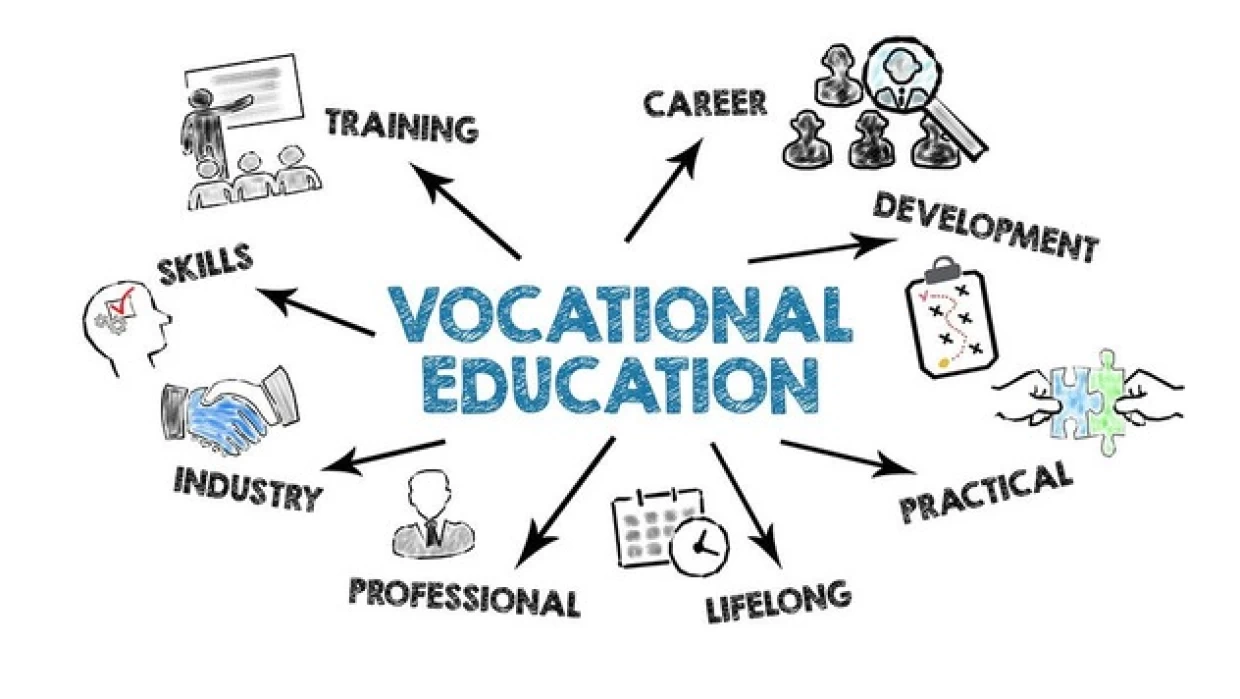
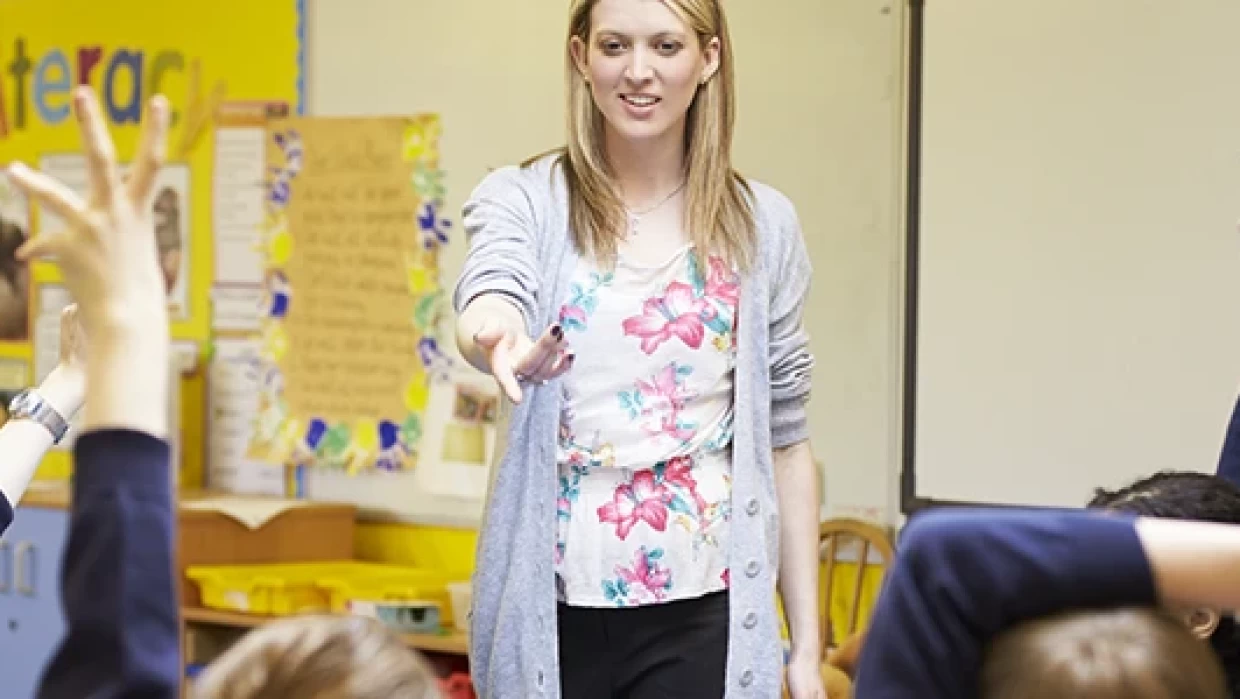

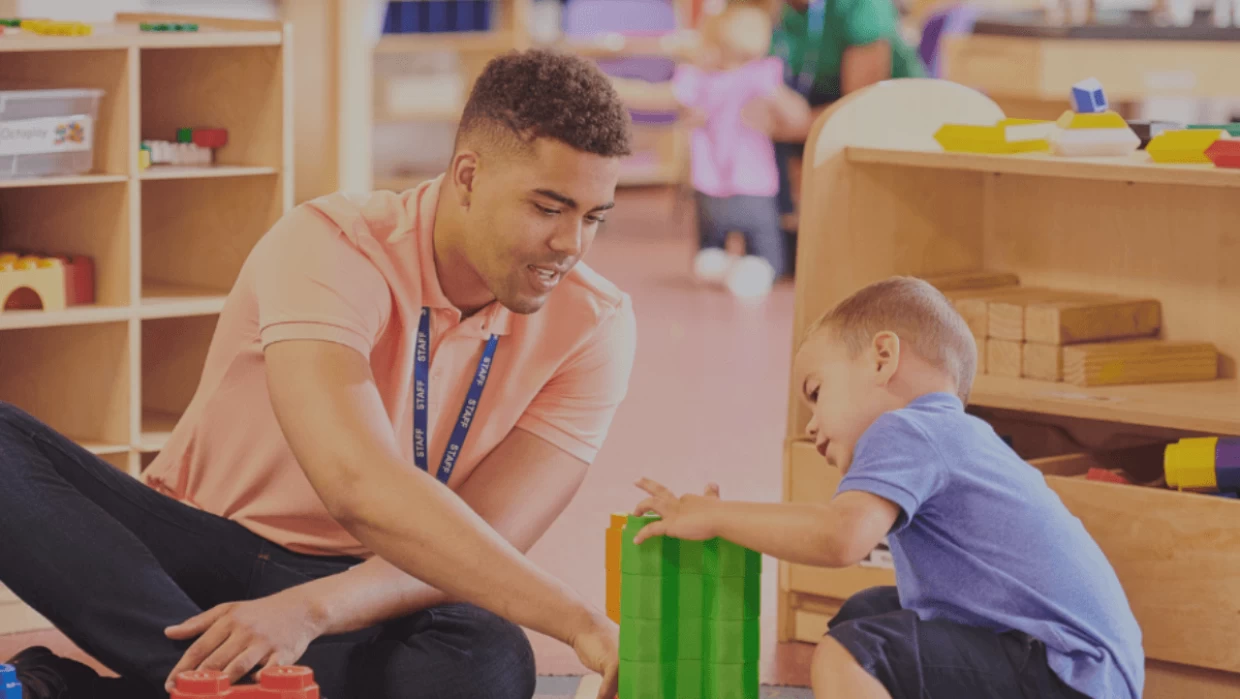

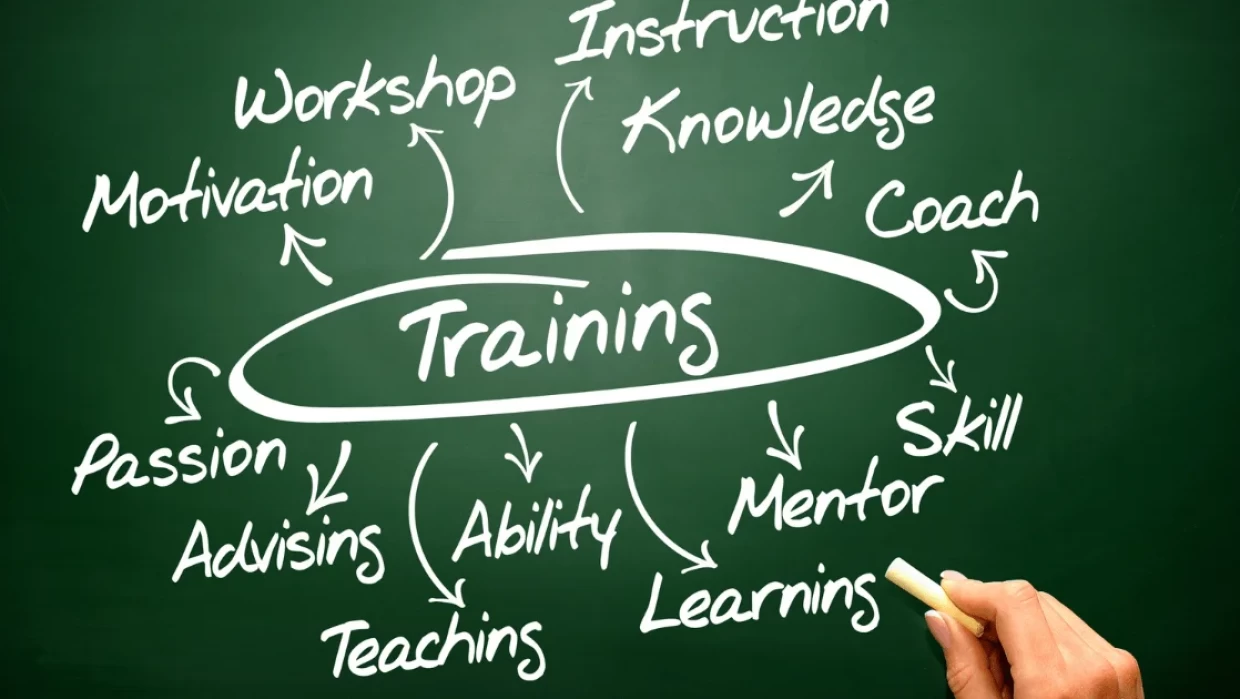


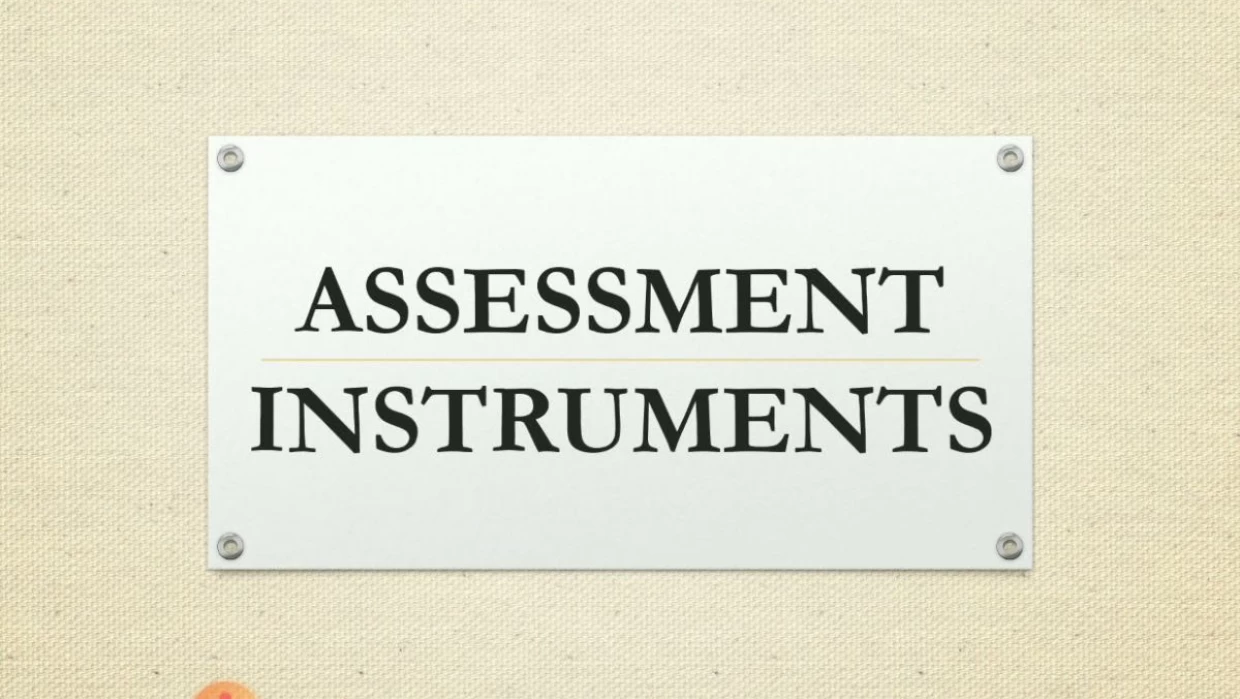





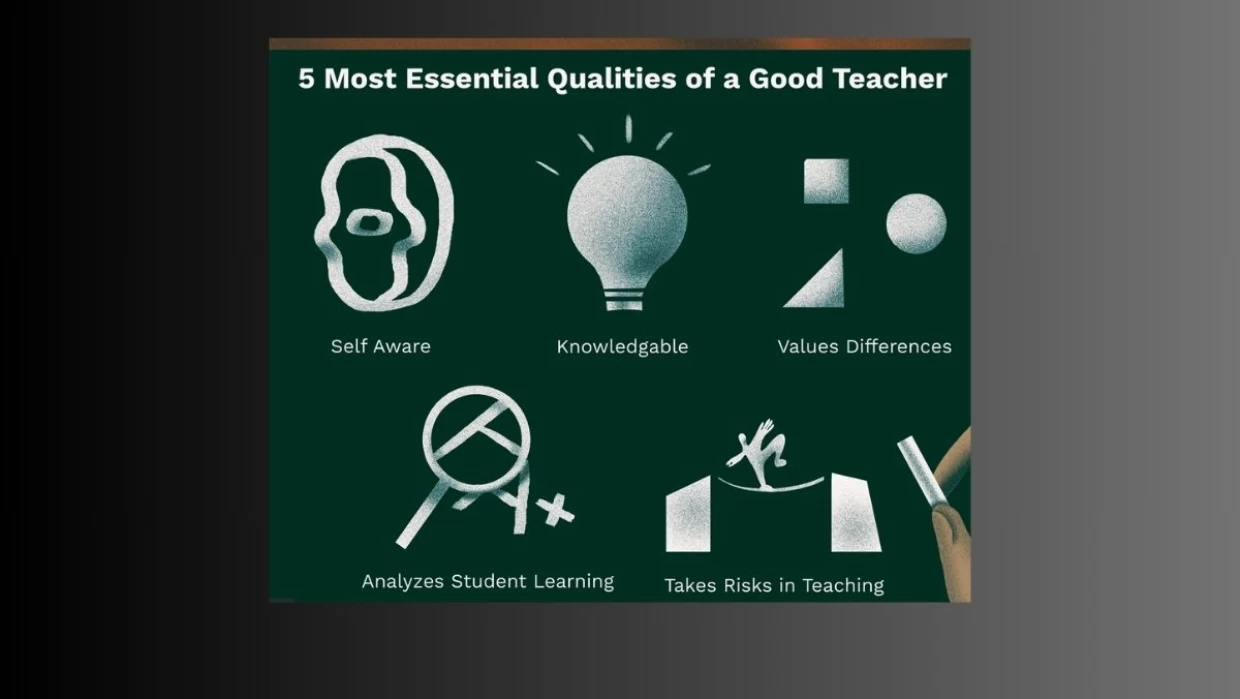

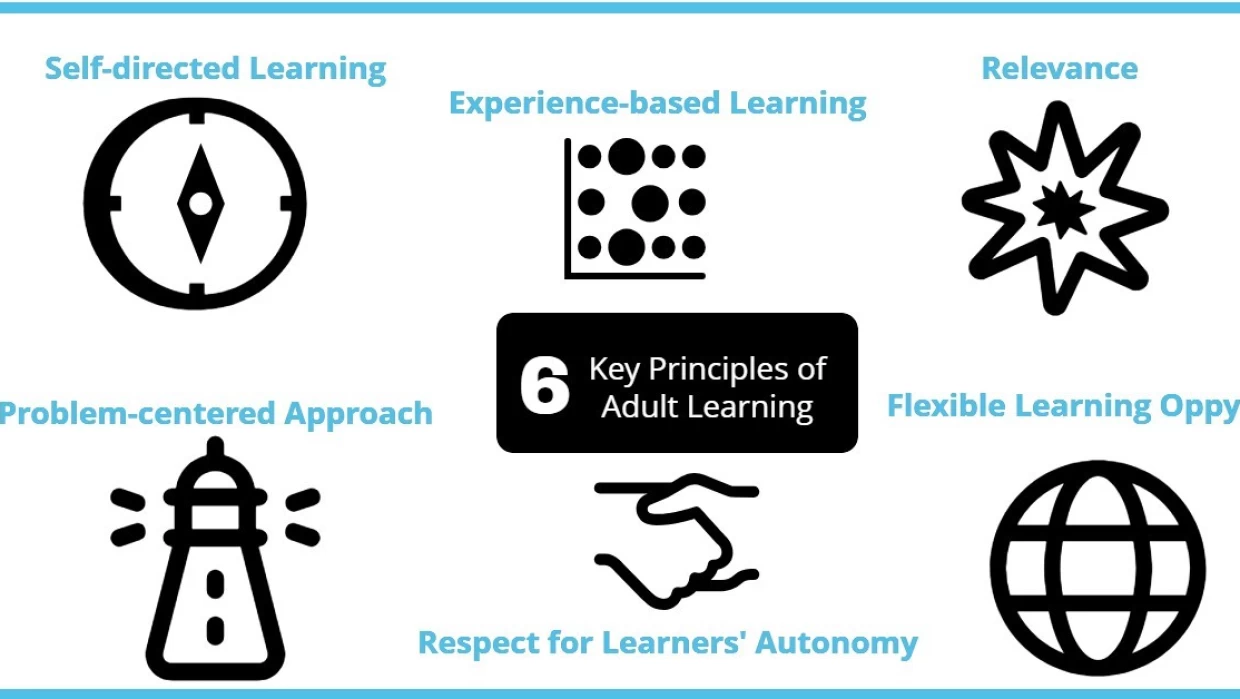














We would be delighted if you could get in touch with us.
Your email address will not be published. Required fields are marked